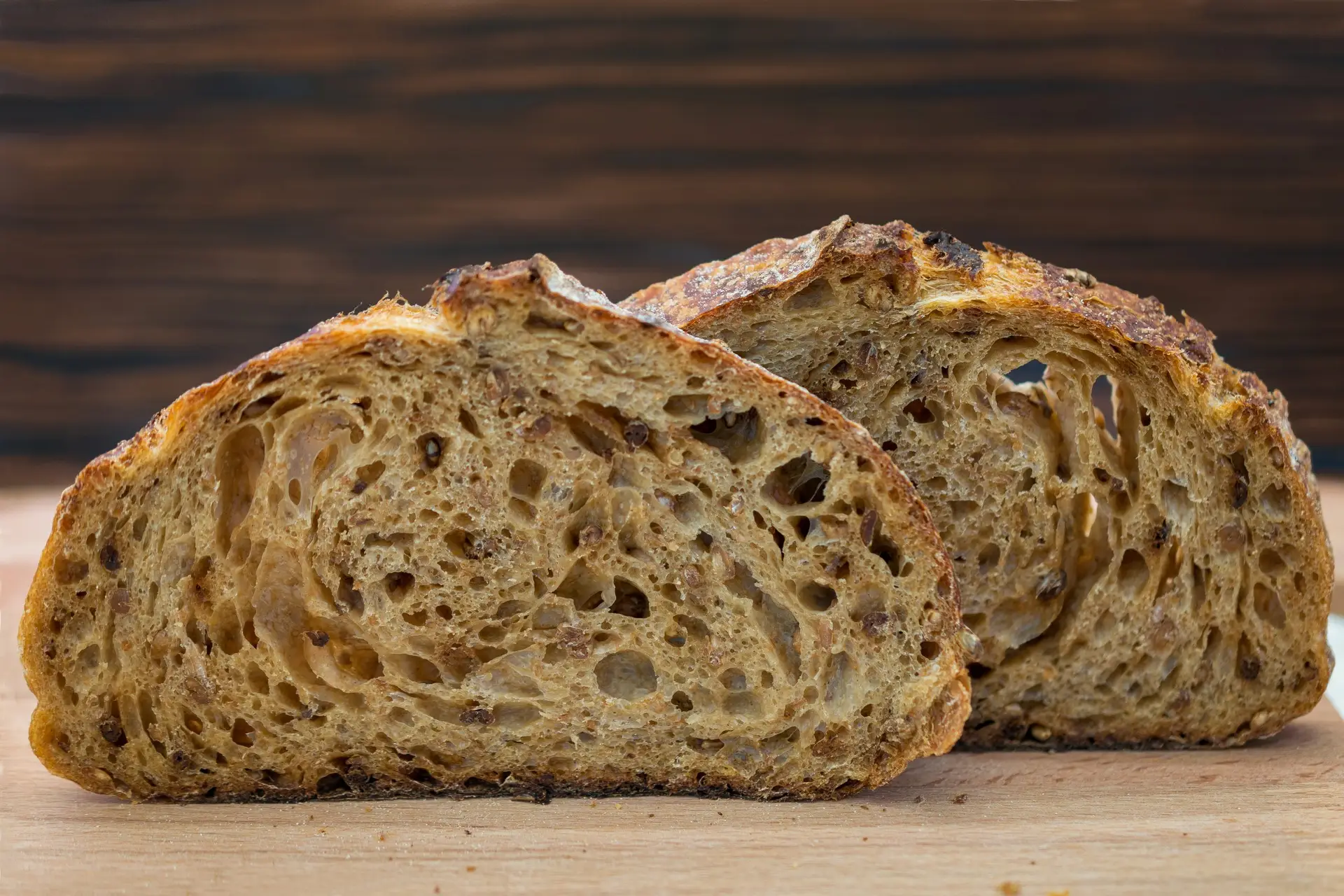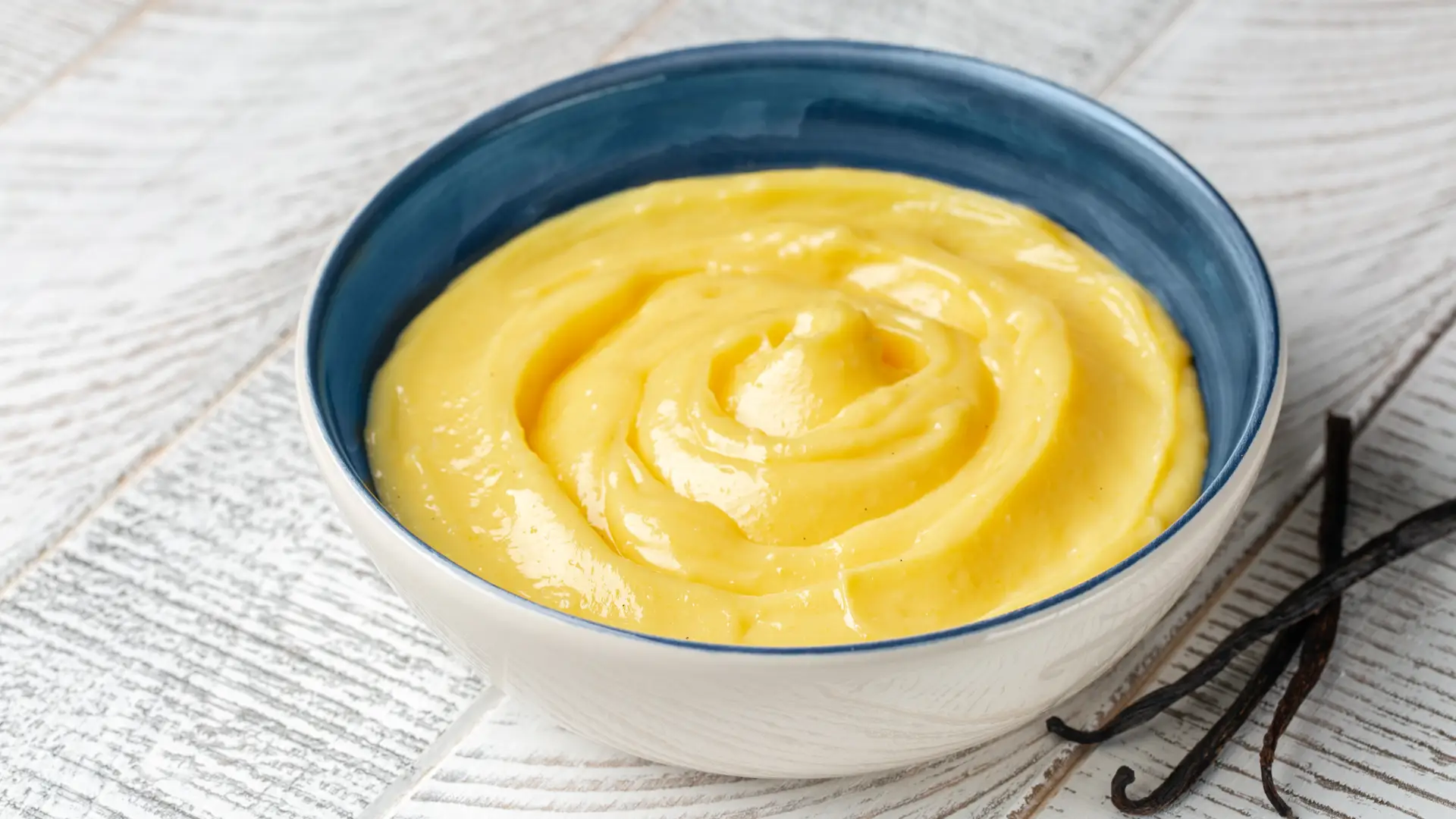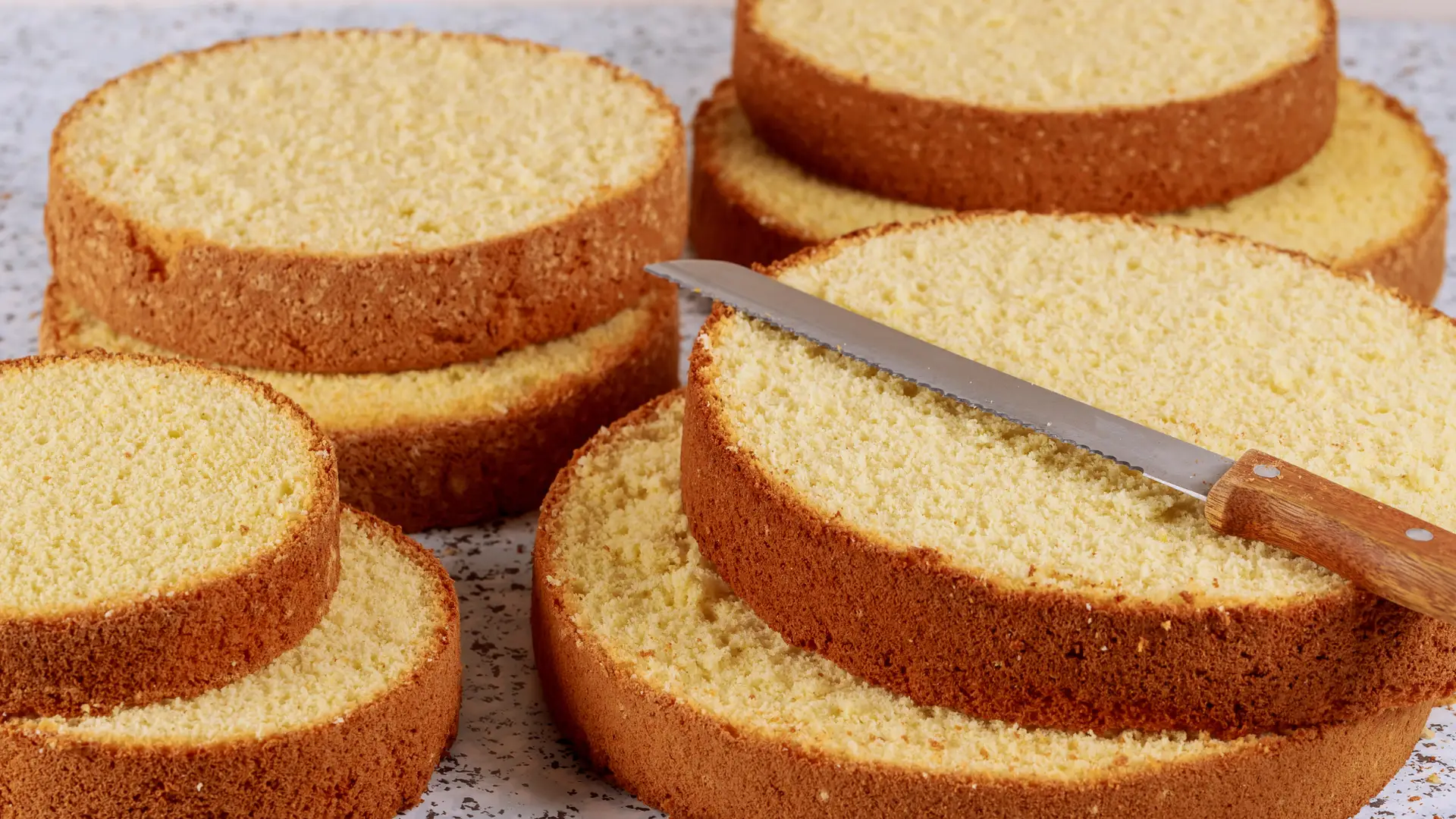
Florence’s Grape and Rosemary Focaccia (Focaccia all’Uva in Italian) is a Tuscan specialty that celebrates the grape harvest.Depending on the area, this rustic dessert is also known as Ciaccia or Stiaccia. It’s made with a slightly sweet focaccia dough, filled with plenty of grapes and lightly scented with rosemary.Traditionally, the recipe calls for Black Canaiolo grapes—the round-berried variety used in Chianti wine. If those aren’t available, you can substitute with Concord (strawberry) grapes, which release their distinctive strawberry-like aroma, or with black Muscat grapes.In this version, you’ll also find a touch of anise in the dough and topping. It adds a subtle flavor, but you can leave it out if you prefer a more classic taste.
Prep Time: 30 minutes minutes
Cook Time: 30 minutes minutes
Rising Time: 3 ore ore 20 minutes minutes
Total Time: 4 ore ore 20 minutes minutes
8 People
Equipment
- 30cm diameter Pizza pan
- Rolling Pin
- Stand Mixer
Ingredients
- 500 gr Bread Flour
- 350 gr Water
- 200 gr Liquid Sourdough (or 10gr of Fresh Yeast)
- 65 gr Granulated Sugar
- 20 gr Olive Oil
- 20 gr Salt
- 4 gr Anise Seeds ((optional))
For the Topping
- 2 kg Washed Red Grapes
- 30 gr Oilve Oil
- 1 Sprig of Rosemary
- Granulated Sugar
- Anise Seeds ((optional))
For the Syrup
- 50 gr Water
- 50 gr Granulated Sugar
- 2 gr Anise Seeds ((facoltativo))
Instructions
- If you’d like to make focaccia with liquid sourdough, start by feeding 100 g of it and letting it ferment for 3 hours at 86°F (30°C). For a step-by-step guide, check out the link in the notes below.
- Pour the flour into the stand mixer bowl, then add the salt, sugar, anise seeds (optional), oil, and the torn sourdough (or fresh yeast).
- Add part of the water from the recipe and begin mixing with the dough hook. Gradually add the remaining water, a little at a time, until incorporated.
- When the dough is well-kneaded and smooth, check that it has developed a good gluten structure: stretch a small piece between your fingers until it forms a thin, translucent film.
- Turn the dough out onto a floured work surface, shape it into a loaf, and let it rest for 20 minutes. This stage is called “bulk fermentation.”
- Divide the dough into two portions and shape them into loaves. Cover with a clean cloth and let rise at room temperature for about 3 hours.
- In the meantime, remove the grapes from the stems, rinse them thoroughly (making sure no bits of stem remain), and let them drain in a colander.
- Grease a 30 cm (12-inch) round baking pan—iron pans are ideal for focaccia—and roll out one of the loaves with a rolling pin until it’s about ½ cm (¼ inch) thick.
- Place the dough in the pan, top with half of the grapes, and sprinkle generously with sugar and, if desired, anise seeds.
- Roll out the second portion of dough and place it over the grapes. Add a second layer of grapes, then finish with a generous sprinkle of sugar and anise seeds.
- Gently warm the olive oil with the rosemary in a small saucepan to release its aroma. Remove from the heat and drizzle the infused oil over the focaccia.
- Bake at 230°C (446°F) for about 30 minutes, keeping the oven door slightly ajar to allow the steam to escape.
- If the grapes release too much juice during baking, remove the pan from the oven and drain off the excess so the dough can bake more evenly.
- When the focaccia is baked, prepare a syrup by bringing the water, sugar, and anise seeds (optional) to a boil. While the focaccia is still hot, gently brush the surface with the syrup to give it a glossy finish.
- For the best flavor and texture, let the focaccia cool before serving.
Video
Notes
If you’d like to use levain (liquid sourdough starter) for this recipe, make sure to feed it before adding it to the dough. Here’s how!
Nutrition
Serving: 100g | Calories: 509kcal | Carbohydrates: 105g | Protein: 9g | Fat: 8g | Fiber: 4g | Sugar: 53g | Net Carbohydrates: 101g

































4 comments about “Schiacciata Fiorentina con l’Uva”
Ciao! La farina del licoli andrà sottratta dai 500g di farina? (Immagino siano 200g di licoli, ovvero 100g di farina e 100 di acqua)
Ciao Luca,
no, il licoli è a parte!
A presto!
È ufficiale sono una tua fan!! Sei bravissimo e generoso nelle tue spiegazioni. Avrei una domanda: se per motivi di tempo dovessi mettere in frigorifero per quanto posso lasciare? E se dovessi moltiplicare la dose di farina devo moltiplicare anche il lievito?
Grazie mille e ancora complimenti.
Daniela
Ciao Daniela,
mi fa molto piacere che la ricetta ti sia piaciuta!
Se vuoi mettere in frigo la pasta, lasciala pure per un’intera notte e poi falla stare un paio d’ore a temperatura ambiente, prima di lavorarla!
Inoltre quando moltiplichi la ricetta, sì, dovrai moltiplicare tutti gli ingredienti, levito compreso!
A presto!